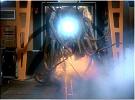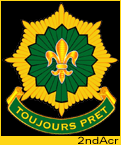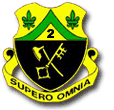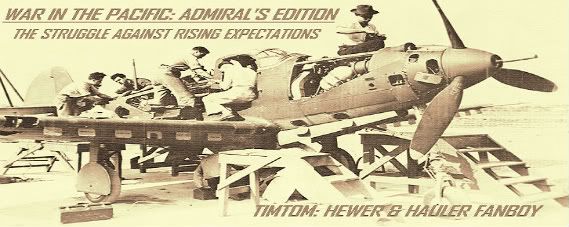Subchaser
Posts: 1201
Joined: 11/15/2002
Status: offline

|
quote:
ORIGINAL: Nikademus
Japanese went on to build Taiho but given the need for numbers....returned to the light fleet carrier concept (Unyru's)
Yes and no...I have to be more specific here..
By 1943 construction of IJN carriers had settled down to 3 main types: 1st - large fleet carrier type with armored flight deck, good underwater protection and with well-balanced air group (which could not be as large as on USN carriers due to the weight balance issues), Taiho obviously was of this type; 2nd - medium fleet carrier type with relatively small air group and less adequate protection, here is Unryu class, 3rd type – taejoku, this is very close to escort carrier, but since IJN did not use this term, light carrier term can also be used… tactical conception for this type was provided by IJN aeronautical department (infamous Kaigun Koku Hinbu) already in august ’42, but their basic design was quickly given up due to unexpectedly fast worsening war situation, originally these were supposed to be purpose-built warships, there were no plans to convert merchant vessels to light carriers.
New Taiho class was regarded suitable for any fleet operation, Unryu class was regarded suitable only for strikes against convoys protected by cruisers and escort carriers
Interesting fact about IJN carrier doctrine and building programs discussed in mid ’43 is that decisive battle was still the keystone of IJN strategic conception, which was somewhat modified however, air carrier, instead of battleship, was now main naval unit. New tactics was adopted, carriers should operate in lines. The protected air carriers of the 1st line should operate in the front and unprotected carriers of the 2nd line should stay in the rear. When enemy was detected 1st line units should reduce the distance and attack while 2nd line should stay outside of enemy aircraft range. The protection of the 1st line units should be heavy enough to let ships retain their combat value after inevitable attacks of enemy aircraft during the opening phase. The 1st line carriers should also be used as secondary station ships and combat control centers for aircraft launched from the 2nd line carriers (1st line units should have an ability to rearm’n’refuel the number of aircraft twice bigger than organic airgroup… that’s why Taiho carried so much ordnance, hosts were really huge, only Shinano had more). With 1st line carriers operated in effective range of enemy aircraft and 2nd line units operated beyond that range, it became possible to supply new air units during the battle, in the words of Yamaoka Mineo “warrior with impenetrable shield and with two swords”. Interesting tactics, but it had some flaws… and IJN, of course did not have enough resources to build enough 1st line units, cost of single Taiho class units was 105 millions of yen. However with this new doctrine adopted by IJN or without it, Taiho was very good class, in my opinion better than Essex in many aspects.
aha… I now see this thread is about tanks, sorry I was confused by title - Japanese artisanal CVs, thought it’s about carriers… ducking for cover

< Message edited by Subchaser -- 2/12/2005 2:06:31 AM >
_____________________________
|
 Printable Version
Printable Version
























 New Messages
New Messages No New Messages
No New Messages Hot Topic w/ New Messages
Hot Topic w/ New Messages Hot Topic w/o New Messages
Hot Topic w/o New Messages Locked w/ New Messages
Locked w/ New Messages Locked w/o New Messages
Locked w/o New Messages Post New Thread
Post New Thread